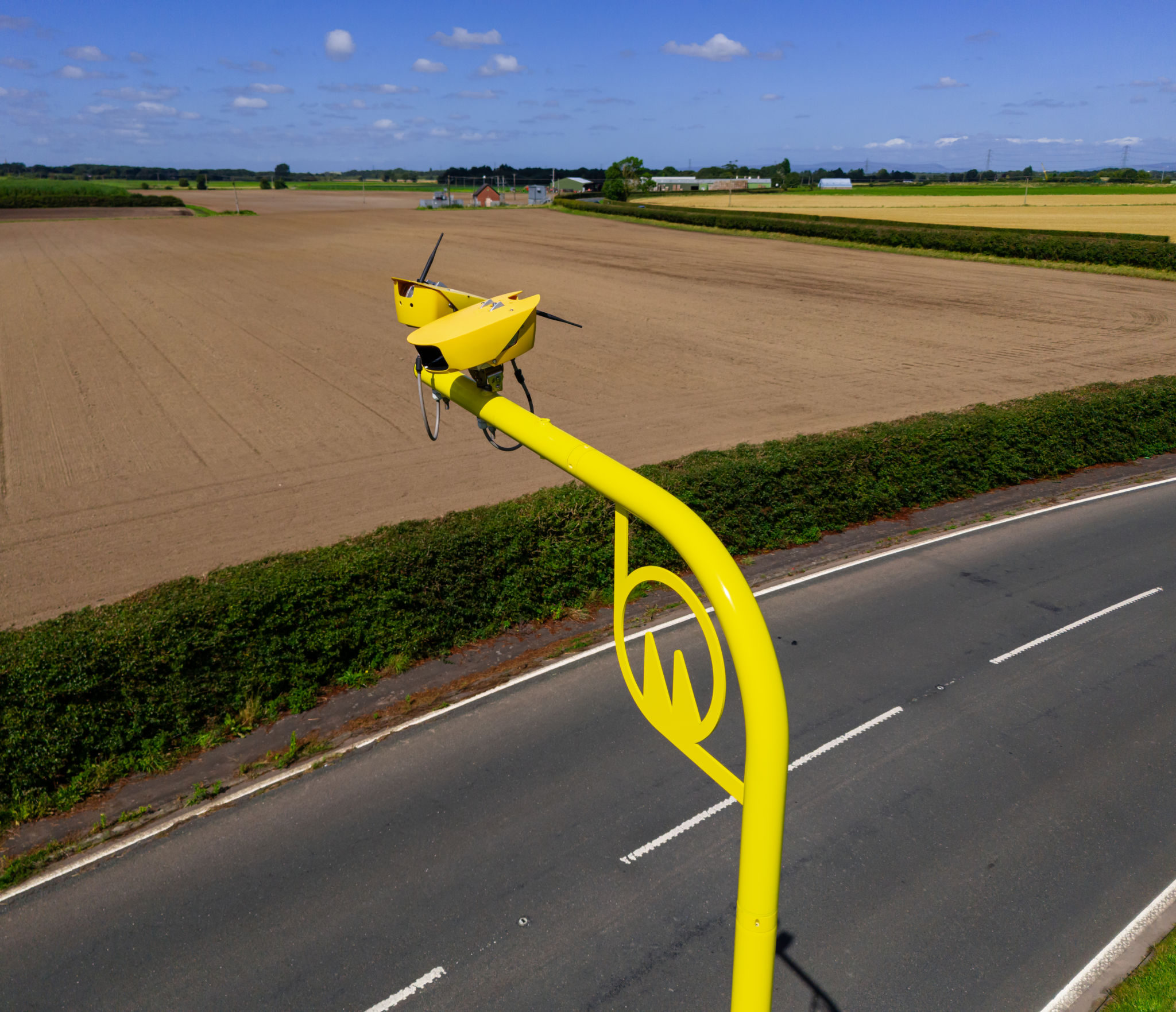Exploring the Latest Trends in Law Enforcement Technology
Introduction to Modern Technology in Law Enforcement
The landscape of law enforcement is rapidly evolving, with technology playing a pivotal role in transforming how officers perform their duties. As the demands of public safety grow, agencies are increasingly relying on innovative tools to enhance efficiency, transparency, and effectiveness. This blog post explores some of the latest trends in law enforcement technology that are reshaping the field.

Body-Worn Cameras
One of the most significant advancements in law enforcement technology is the widespread adoption of body-worn cameras. These devices have become crucial for ensuring accountability and transparency. By providing real-time evidence during interactions, body-worn cameras help protect both officers and the public. Many agencies report a reduction in complaints and use-of-force incidents since implementing this technology.
Moreover, the integration of cloud storage solutions allows for efficient management and retrieval of footage, making it easier to review and share with relevant parties. This trend highlights the importance of digital evidence management systems in modern policing.
Artificial Intelligence and Predictive Policing
Artificial intelligence (AI) is making waves in various sectors, and law enforcement is no exception. Predictive policing, powered by AI algorithms, helps agencies identify crime hotspots and deploy resources more effectively. By analyzing historical data, these systems can forecast potential criminal activity, enabling proactive measures.

While predictive policing holds promise, it also raises ethical concerns regarding privacy and bias. Ensuring transparency and accountability in AI-driven systems is crucial to balancing technological advancement with civil liberties.
Drone Technology
Drones are becoming an important tool for law enforcement agencies. They offer a bird's-eye view of crime scenes, traffic accidents, and search-and-rescue operations. Equipped with high-resolution cameras and thermal imaging, drones can cover large areas quickly, providing valuable insights that were previously difficult to obtain.
The use of drones is particularly beneficial in situations that are dangerous or inaccessible for officers, such as hazardous material spills or natural disasters. As drone technology continues to advance, its applications in law enforcement are expected to expand even further.

Mobile Technology and Apps
Mobile technology has revolutionized communication within law enforcement agencies. With specialized applications, officers can access databases, file reports, and communicate with dispatchers directly from their smartphones. This mobility enhances the efficiency of operations and ensures that officers have critical information at their fingertips.
Additionally, public-facing apps are helping to foster community engagement. Citizens can use these apps to report incidents, provide tips, and stay informed about local crime trends, strengthening the relationship between law enforcement and the communities they serve.
Conclusion
The integration of cutting-edge technology in law enforcement is reshaping how agencies operate and interact with the public. While these advancements offer significant benefits, they also pose challenges that need to be addressed, such as privacy concerns and ethical implications. As technology continues to evolve, its impact on law enforcement will undoubtedly grow, making it essential for agencies to adopt a balanced approach that prioritizes both safety and civil liberties.